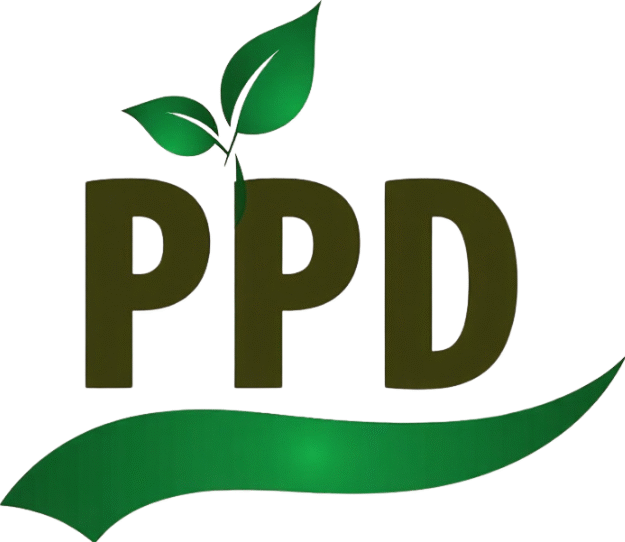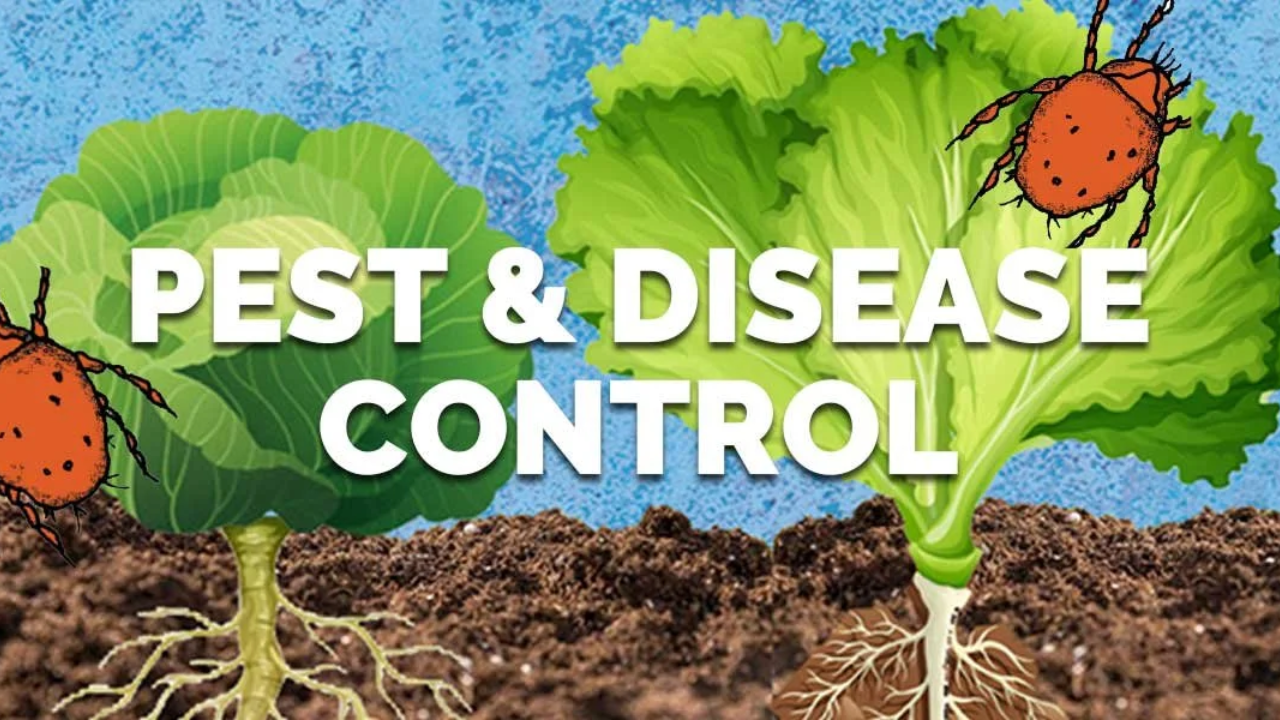
In the battle against pests and plant diseases, no single department can stand alone. Pest outbreaks and disease incursions cross boundaries—geographical, administrative, and technical—demanding unified and timely responses. Myanmar has increasingly recognized the importance of interdepartmental coordination in safeguarding agriculture. Through integrated efforts among government ministries, research institutions, and regional offices, the country has made important strides toward a collaborative plant protection system.
This article explores how various departments coordinate to manage pest and disease threats effectively, outlining their roles, mechanisms of collaboration, achievements, and the road ahead.
Why Interdepartmental Coordination Matters
Pests and diseases don’t operate within the boundaries of departments. A localized outbreak can quickly escalate into a national crisis if not swiftly addressed by all relevant stakeholders. Interdepartmental coordination ensures:
- Faster detection and control of pest outbreaks
- Optimized use of manpower and technical resources
- Consistent messaging to farmers and the public
- Reduced duplication of efforts and better budgeting
- Alignment with international reporting obligations (e.g., under IPPC)
Key Departments Involved in Pest and Disease Control
Several departments and agencies in Myanmar collaborate to control plant pests and diseases. Each plays a specialized role in a coordinated response.
1. Department of Agriculture (DOA)
- Lead agency for pest surveillance, quarantine, and pest management.
- Houses the Plant Protection Division (PPD) which implements control strategies and early warning systems.
2. Department of Agricultural Research (DAR)
- Provides scientific research on pest-resistant crop varieties.
- Conducts field trials of biopesticides and integrated pest management (IPM) technologies.
3. Department of Agricultural Land Management and Statistics (DALMS)
- Supplies spatial data and land use maps essential for pest outbreak modeling.
- Supports data-based decision-making and risk assessment.
4. Ministry of Commerce (MoC)
- Ensures that phytosanitary requirements are met during the export of agricultural products.
- Works with DOA for issuing Phytosanitary Certificates.
5. Ministry of Health (MoH)
- Coordinates with DOA in managing outbreaks that could affect human health (e.g., pesticide misuse).
- Supports public health messaging when plant pests intersect with zoonotic diseases.
6. General Administration Department (GAD)
- Mobilizes local authorities and resources in emergency pest response situations.
- Helps disseminate pest alerts at township and village levels.
Mechanisms for Coordination
To operationalize multi-agency cooperation, several formal and informal mechanisms have been developed:
A. National Pest and Disease Task Forces
These are formed during major pest outbreaks (e.g., Fall Armyworm) and include members from DOA, GAD, MoH, and others.
- Rapid decision-making and resource mobilization
- Shared communication platforms (radio, mobile alerts)
- Joint field inspections and action plans
B. Joint Surveillance and Monitoring Programs
Interdepartmental teams conduct coordinated field surveys in high-risk regions.
- Shared data protocols and reporting formats
- Use of GPS, drones, and mobile apps for real-time updates
C. Technical Working Groups (TWGs)
Standing groups within MOALI meet periodically to align on technical guidelines and policy directions.
- Regular review of pest control protocols
- Harmonization of IPM, quarantine, and agrochemical use standards
D. Information Sharing Platforms
Digital and print-based knowledge platforms support transparency and consistency across departments.
- Central databases on pest incidence, lab diagnostics, and treatment outcomes
- Translation of technical knowledge into training materials and extension bulletins
Achievements of Interdepartmental Coordination
Myanmar’s coordinated plant protection approach has yielded several benefits:
- Faster Response: The Fall Armyworm outbreak in 2018 saw coordinated surveys, advisories, and emergency controls across 13 regions within weeks.
- Improved Export Quality: Joint inspections and adherence to international quarantine standards have improved the phytosanitary quality of exported crops.
- Efficient Resource Allocation: Ministries have pooled equipment and expertise, reducing duplication and improving field outreach.
- Community Engagement: Local authorities, guided by national frameworks, have mobilized village-level biosecurity groups.
Challenges to Interdepartmental Coordination
Despite improvements, some barriers persist:
- Fragmented Data Systems: Lack of a unified database hampers real-time analysis and coordinated decision-making.
- Overlapping Mandates: Ambiguity in roles can create inefficiencies during emergencies.
- Budgetary Constraints: Joint operations often face funding gaps unless donor-supported.
- Uneven Capacity: Regional offices differ in training, tools, and connectivity, limiting standardized implementation.
Roadmap for Enhanced Collaboration
Myanmar is now focused on deepening and institutionalizing interdepartmental plant protection strategies:
- National Biosecurity Coordination Unit (in planning): Will serve as a permanent structure for coordination across ministries.
- Digital Pest Reporting System: A mobile app linked to centralized dashboards for real-time coordination.
- Standard Operating Procedures (SOPs): For multi-agency response to pest and disease outbreaks.
- Joint Training Programs: Regular capacity-building sessions involving officers from DOA, MoC, GAD, and DAR.
Overview Table: Roles of Key Departments in Pest & Disease Control
| Department / Agency | Primary Function in Coordination |
|---|---|
| Department of Agriculture | Lead implementation, quarantine, IPM |
| Department of Agricultural Research | Pest-resistant varieties, biopesticide R&D |
| Agricultural Land Management (DALMS) | Land mapping, pest forecasting support |
| Ministry of Commerce | Phytosanitary certification, trade facilitation |
| Ministry of Health | Health impacts, pesticide safety messaging |
| General Administration Dept. | Local response coordination, public communication |
Conclusion
Myanmar’s pest and disease control efforts increasingly reflect a coordinated, interdepartmental approach—a vital evolution in a world where pest threats are growing more complex and transboundary. By combining technical expertise, local administration, regulatory oversight, and scientific research, the country is building a resilient plant protection system. Continued investment in joint operations, shared data platforms, and clearly defined roles will ensure stronger defense against agricultural threats in the years to come.
Top 3 One-Line FAQs
Q1: Which departments coordinate pest control efforts in Myanmar?
A: Departments of Agriculture, Agricultural Research, Land Management, Health, Commerce, and GAD all collaborate.
Q2: Why is interdepartmental coordination important for pest control?
A: It enables faster, more efficient responses, reduces duplication, and ensures national-level preparedness.
Q3: How are emergency pest outbreaks managed in Myanmar?
A: Through task forces and joint field operations led by DOA and supported by GAD, MoH, and local authorities.

